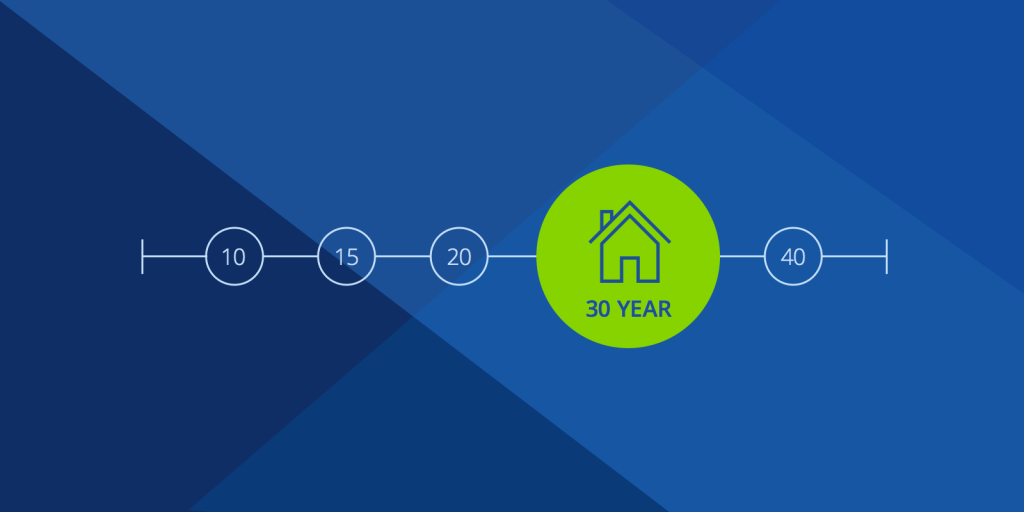In a new report from First American, Chief Economist Mark Fleming reveals that two of the three key drivers of the Real House Price Index (RHPI), nominal house prices and mortgage rates, dragged affordability lower in June. The 30-year, fixed mortgage rate increased by 0.3 percentage points and nominal house prices accelerated by 0.8% compared with May.
The Three Key Drivers of the RHPI:
- Median Household Income is one of the fundamental factors determining the amount of housing a particular consumer can afford. incomes can be tracked over time to demonstrate how rising/falling incomes impact consumer house-buying power.
- Interest rates drive how much a home buyer can leverage their median household income to purchase more or less housing. As interest rates fall, consumers are able to purchase a more expensive house due to lower borrowing costs. The opposite is true for rising rates.
- House price levels are measured using a weighted repeat-sales house price index that tracks how prices of single-family residential properties rise and fall over time and across numerous geographies.

While household income increased by 0.4%, it was not enough to offset the affordability-dampening impact from higher mortgage rates and prices. Consumer house-buying power declined by nearly $9,000 compared with May and remains $32,000 lower than one year ago. Fleming predicts the outlook for house-buying power to be heavily dependent on the path for mortgage rates, and that path is highly uncertain.
“It’s likely that mortgage rates continue to hover in the 6.5-to-7.5% range for the remainder of the year, which means affordability will remain a challenge for many homebuyers,” said Fleming.
How High Will Mortgage Rates Go?
The RHPI can be referenced to model shifts in income and mortgage rates to see how they impact consumer house-buying power or affordability. Rising incomes and falling mortgage rates each boost house-buying power, while falling incomes and rising mortgage rates each sap house-buying power.
As of mid-August, the average mortgage rate nationally sits at approximately 7%. In June of last year, the average mortgage rate nationally was roughly 5.5%. Holding incomes constant at their June 2023 level and assuming a 5% down payment, the increase in mortgage rates alone reduced house-buying power by nearly $57,000.
An average of several industry forecasts projects that mortgage rates will end the year lower, at 6.1%. If those forecasts are correct and the average mortgage rate decreases from the 7% level to 6.1%, house-buying power increases by nearly $32,000. However, if mortgage rates drifted upward to 7.5%, house-buying power would fall by an estimated $16,000.
Uncertain Outlook for Mortgage Rates
The 30-year fixed mortgage rate is loosely benchmarked to the 10-year Treasury bond. Since the end of the Great Recession, the 30-year fixed mortgage rate has on average remained 1.7 percentage points (170 basis points) higher than the 10-year Treasury bond yield. The spread usually widens during periods of economic or geopolitical uncertainty, as is the case in today’s market.
As the industry forecasts predict, it’s reasonable to assume that the spread and, therefore, mortgage rates will moderate later in the year if the Federal Reserve stops further monetary tightening and provides investors with more certainty. However, it’s unlikely that mortgage rates will revert to the 5.5% levels of 2022 until inflation has moved closer to the Federal Reserve’s 2% target and it begins loosening monetary policy, or there’s a significant economic downturn.
To read the full RHPI, click here.

 theMReport.com Your trusted source for mortgage banking news
theMReport.com Your trusted source for mortgage banking news








